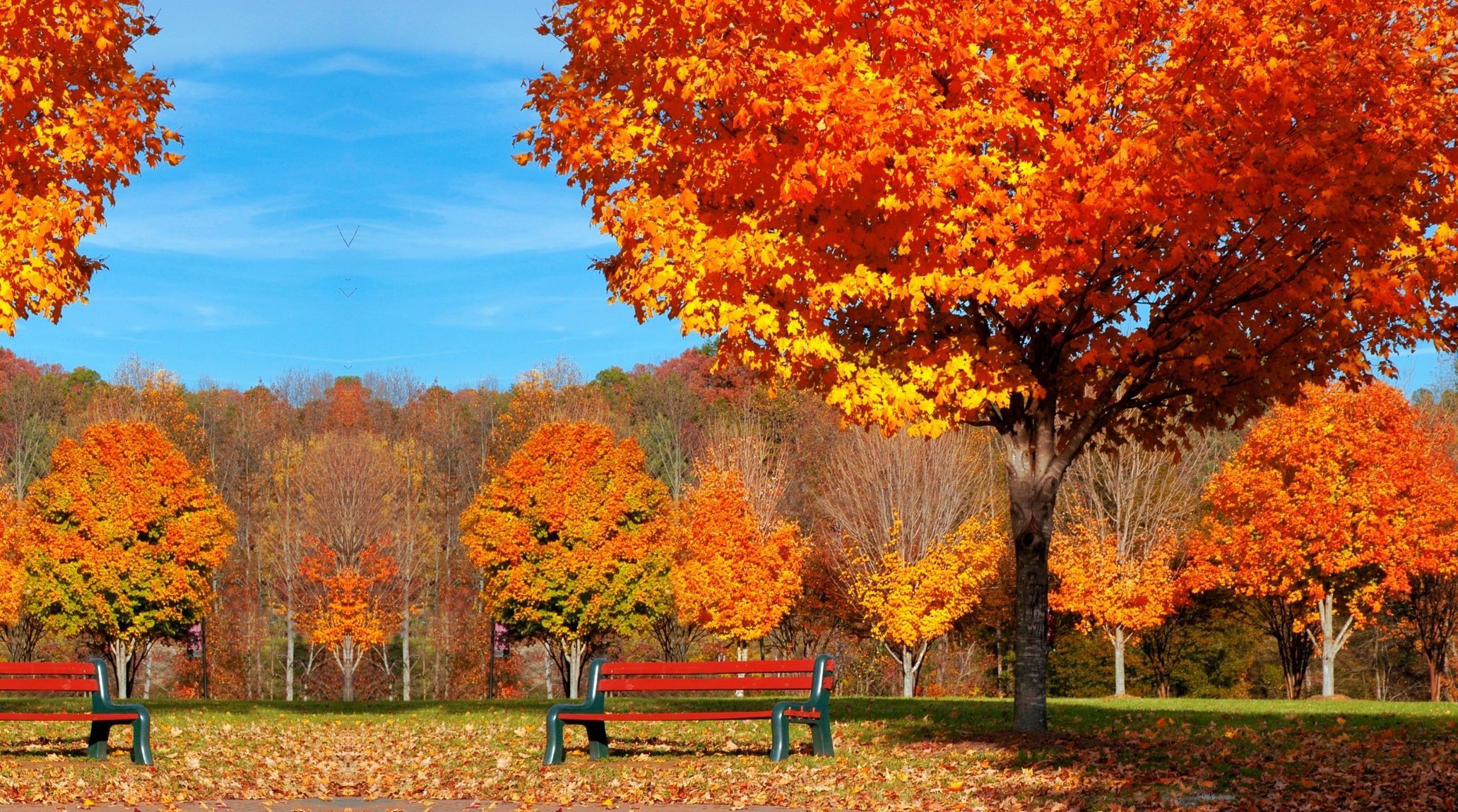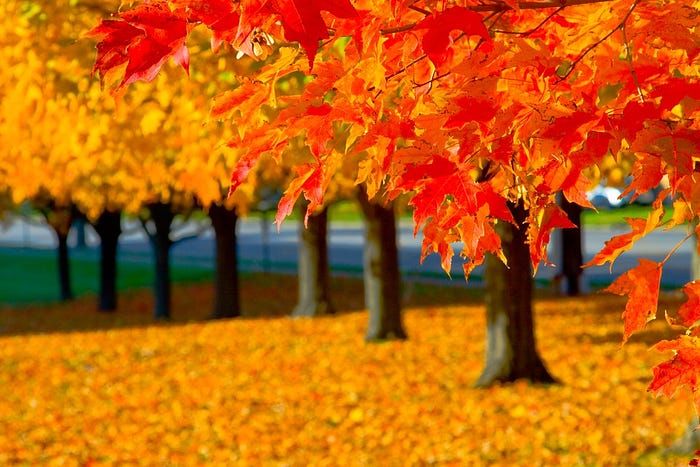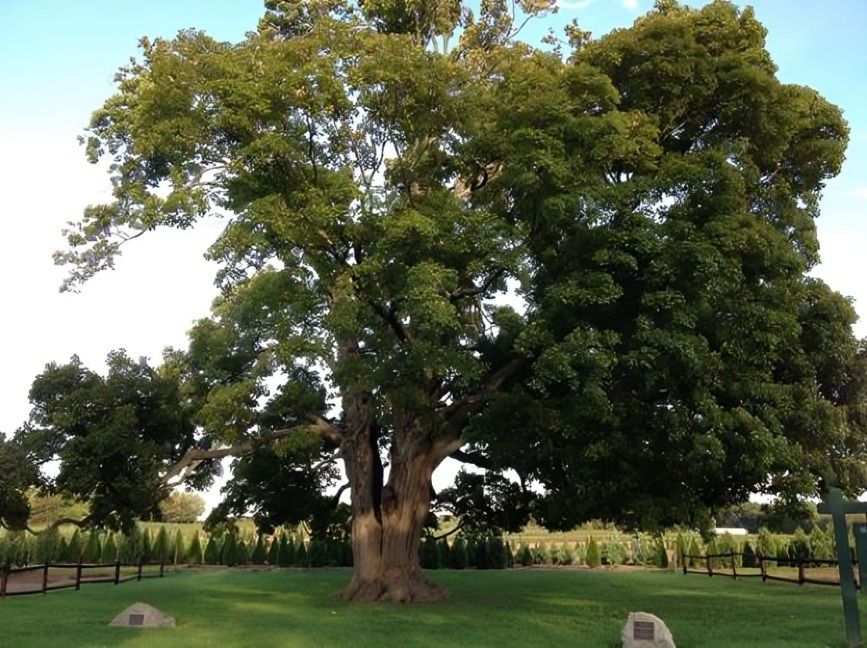
“
Maple trees are among the most fascinating and recognizable trees in the world. From their iconic leaves to their sweet sap, these trees hold a special place in nature and culture. Whether it's learning about the magic of maple syrup, the unique helicopter seeds, or the vibrant autumn colors, there is something captivating for everyone. Let's embark on an educational adventure to uncover the secrets of maple trees and deepen our appreciation for these amazing plants.1
1
”
Maple trees are famous for producing delicious maple syrup. Did you know it takes about 40 gallons of sap to make just one gallon of syrup? That’s a lot of tree juice! 1
While many recognize the classic maple leaf shape, over 100 species of maple trees exist, each with unique leaf shapes and sizes. Animals such as deer, squirrels, and rabbits eat the leaves and bark, while insects like caterpillars feed on the foliage. 2

The largest maple leaf ever recorded measured an impressive 53 cm wide and 52.2 cm long, discovered by Vikas Tanwar and family in Richmond, British Columbia, Canada, on 14 December 2010, with a stem length of 32.5 cm.
Maple seeds are often called "helicopter seeds" or "whirlybirds" because of their unique winged structure. When they fall, the wings spin rapidly, helping the seeds glide away from the parent tree. 3
Maple trees are known for their vibrant autumn colors, but did you know the intensity of these colors depends on the tree’s species, the weather, and the soil? Cooler temperatures and sunny days enhance the reds, oranges, and yellows. 4
In ancient times, people used maple tree bark to make tea, which was believed to have medicinal properties. Native American tribes used it to treat various ailments, showcasing the tree's importance in traditional medicine. 5

Some maple trees can live for several hundred years, with the Sugar Maple being able to reach up to 400 years. This impressive lifespan highlights the tree's endurance and resilience, showcasing nature's ability to create long-lasting life forms.
Maple trees are incredibly adaptable and can be found in a variety of habitats, from wetlands to dry, rocky areas. This versatility makes them a common sight in many different environments. 6
Maple trees require at least 30 years to start producing syrup. This lengthy growth period reflects the tree’s gradual maturation, ultimately rewarding patience with the rich, sweet sap used to make delicious maple syrup, a cherished seasonal treat. 7
Maple wood is highly valued for its hardness and beautiful grain. It is often used to make furniture, musical instruments, and even baseball bats, showcasing its versatility and durability. 8
The best time to collect sap from maple trees is early spring. The fluctuation between freezing nights and warm days causes the sap to flow, making this the perfect time for syrup production. 9

In a tribute to Canada's service men and women, 3,942 people formed the largest human image of a maple leaf, achieved by Operation Stand Proud in Quinte West, Ontario, Canada, on 29 June 2019.
Maple trees provide excellent habitats for birds. The dense foliage offers shelter and nesting sites, while the seeds and insects found in the trees provide a steady food source for many bird species. 10
In Canada, National Maple Syrup Day is celebrated to honor this beloved tree and its sweet sap. It’s a fun and delicious way to appreciate the cultural significance of maple trees. 11
Tennessee whiskey owes its distinct character to maple wood. The use of maple barrels in aging imparts unique flavors to the whiskey, making maples crucial for creating this renowned spirit. Without them, Tennessee whiskey would not have its signature taste. 12

Named after the Comfort family who purchased the land, the Comfort Maple Tree is estimated to be over 500 years old, making it one of the oldest maple trees in Canada and possibly the world. Its trunk measures an impressive 20 feet in circumference.
Pioneers utilized maples for making dyes, leveraging the tree's natural pigments. These dyes, derived from various parts of the maple, were used to color fabrics and crafts, showcasing the tree's historical significance in early American craftsmanship.13
Maple trees enhance soil health by shedding leaves and organic matter. As these materials decompose, they enrich the soil with essential nutrients, promoting a healthier ecosystem and supporting the growth of surrounding plants and vegetation. 14
Each maple seed has two wings that are positioned at an angle. This design allows the seed to spin as it falls, increasing the distance it can travel from the parent tree and improving its chances of germination. 15
The maple tree is a national symbol for Canada. It is prominently featured on the country's flag and is associated with Canadian identity and heritage. The sugar maple, in particular, is celebrated for its role in producing maple syrup, an iconic Canadian product. 16


